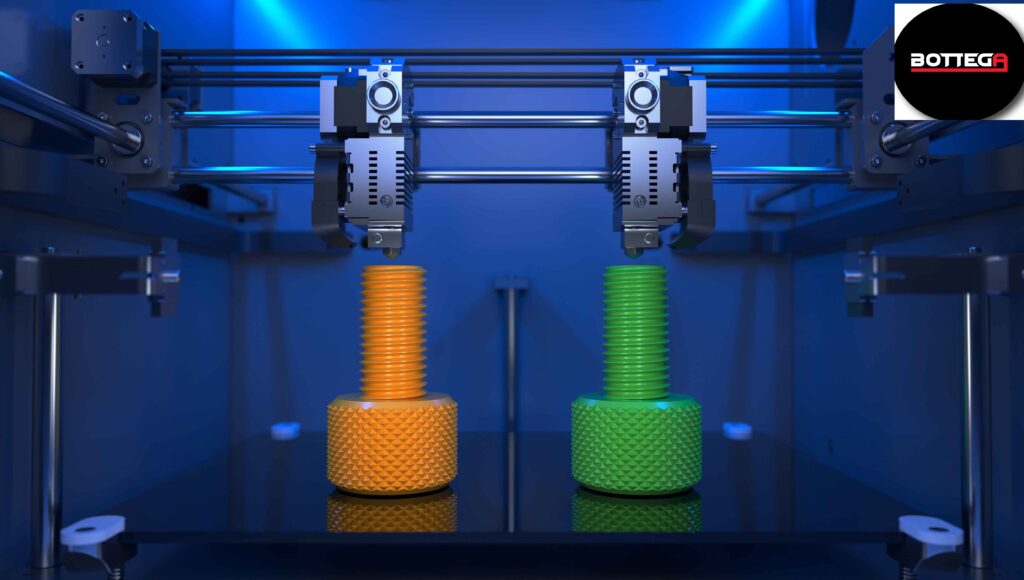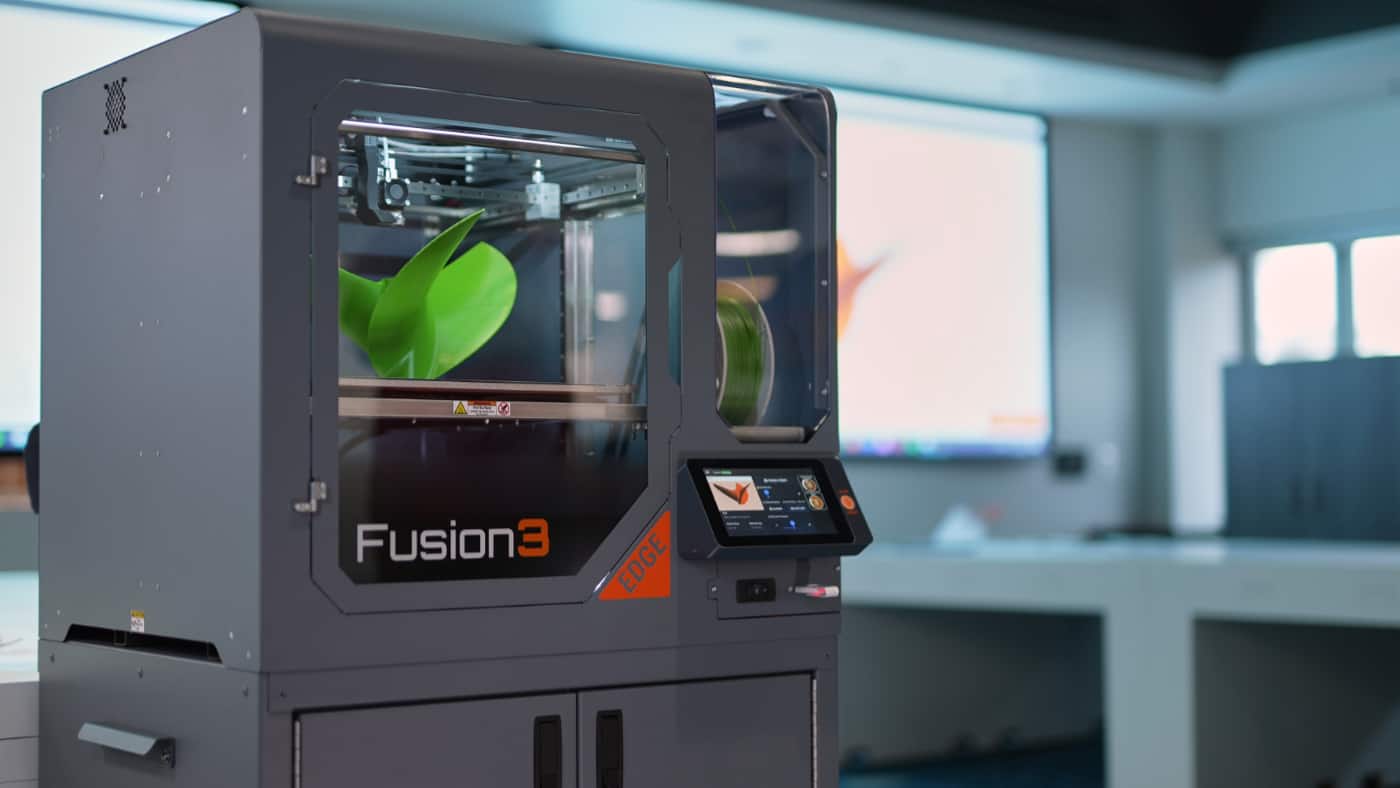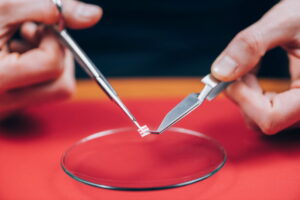In the fast-paced world of design and manufacturing, businesses are always seeking ways to innovate and stay ahead of the competition. Custom 3D printing has emerged as a game-changing solution, providing unmatched flexibility, precision, and speed for both prototyping and production. Whether you’re launching a new product or optimizing manufacturing processes, custom commercial 3d printing services offers tailored solutions that meet your unique needs.
Applications of Custom 3D Printing
- Prototyping
- Rapid Iteration: Designers can quickly produce and test multiple versions of a product to refine functionality and aesthetics.
- Realistic Models: High-resolution 3D printing creates prototypes that closely mimic final products, helping stakeholders visualize the design.
- Cost-Effective Testing: Instead of investing in expensive tooling, businesses can validate concepts with affordable, one-off prototypes.
- Production
- Small-Batch Manufacturing: Custom 3D printing is ideal for limited production runs, offering a cost-effective alternative to traditional methods.
- On-Demand Production: Businesses can produce parts as needed, reducing inventory and storage costs.
- Customized Products: From medical devices to personalized consumer goods, custom 3D printing enables mass customization.
Benefits of Custom 3D Printing for Prototyping and Production
- Speed and Efficiency
Traditional prototyping and production processes often take weeks or months. With custom 3D printing, businesses can create prototypes or finished products in a matter of days, accelerating time-to-market. - Design Freedom
3D printing eliminates many constraints of traditional manufacturing, allowing for the creation of complex geometries, intricate details, and lightweight structures. - Cost Savings
- No Tooling Costs: Custom 3D printing bypasses the need for expensive molds or dies.
- Material Efficiency: Additive manufacturing uses only the material necessary, minimizing waste.
- Flexibility
Businesses can easily make adjustments to designs or produce small batches without disrupting the production process. This adaptability is especially valuable in industries with dynamic customer demands. - Sustainability
- Reduced Waste: 3D printing uses only the required amount of material.
- Localized Production: Producing parts on-site reduces transportation costs and environmental impact.
Industries Leveraging Custom 3D Printing
- Healthcare
- Prototypes of Medical Devices: Engineers and doctors use 3D printing to test medical tools and devices.
- Custom Implants and Prosthetics: Personalized solutions for patients improve comfort and outcomes.
- Automotive and Aerospace
- Functional Prototypes: Engineers can test components for performance under real-world conditions.
- Lightweight Parts: Custom 3D printing creates durable yet lightweight components for vehicles and aircraft.
- Consumer Products
- Custom Accessories: Brands use 3D printing to create unique, high-quality items like jewelry, eyewear, and gadgets.
- Rapid Prototyping for New Designs: Iterative testing ensures that products meet consumer expectations.
- Industrial Equipment
- Tooling and Jigs: Custom 3D printing enables the quick production of tools, reducing downtime in factories.
- Replacement Parts: On-demand manufacturing ensures fast access to specialized parts.

Tips for Leveraging Custom 3D Printing
- Define Your Objectives
Determine whether you need 3D printing for prototyping, production, or both. Having clear goals will help you choose the right technology and materials. - Choose the Right Materials
The success of 3D printing depends heavily on material selection. From durable plastics to metal alloys, select materials that align with your product’s performance requirements. - Partner with Experts
Collaborating with experienced 3D printing service providers ensures high-quality results and access to advanced technologies. - Embrace Iteration
One of the biggest advantages of custom 3D printing is the ability to refine designs quickly. Use this flexibility to perfect your products before moving to full-scale production.
The Future of Custom 3D Printing
As technology evolves, custom 3D printing will continue to redefine how businesses approach prototyping and production. Advancements in materials, speed, and scalability are making 3D printing more accessible and versatile than ever.
With the ability to create unique, high-quality products quickly and affordably, custom 3D printing is set to become a cornerstone of modern manufacturing, empowering businesses to innovate and thrive in a competitive marketplace.
Conclusion
Custom 3D printing bridges the gap between imagination and reality, enabling businesses to create prototypes and products tailored to their needs. Whether you’re developing a groundbreaking invention or meeting the demand for personalized items, 3D printing offers the tools to succeed. By adopting this technology, you can streamline your processes, reduce costs, and unlock new possibilities for growth and innovation.

